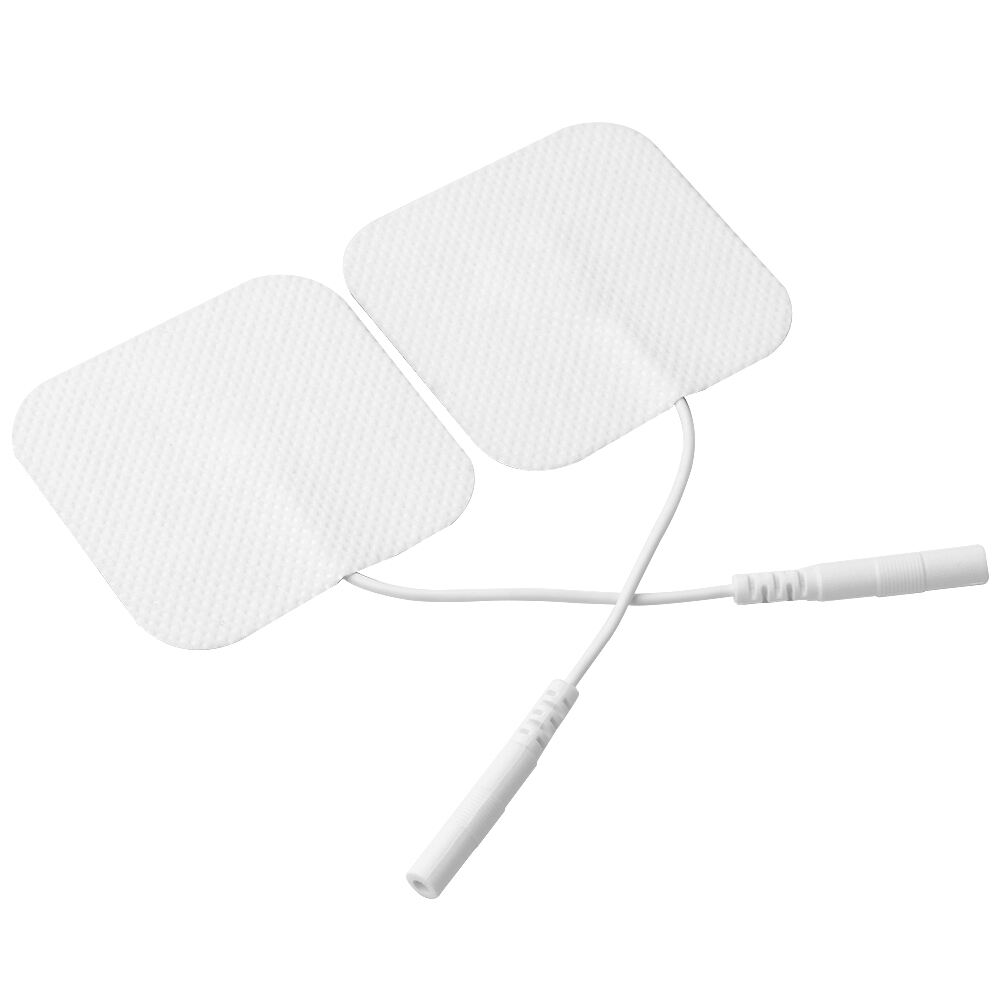The Evolution of Biomedical Material Science in Modern Healthcare
The healthcare industry has witnessed remarkable advancements in biomedical engineering, particularly in the development of electrode patches. These sophisticated medical devices have revolutionized patient monitoring and treatment delivery systems. The materials used in creating electrode patches have undergone significant evolution, combining cutting-edge technology with biocompatible components to ensure both effectiveness and patient safety.
Modern electrode patches represent a perfect fusion of material science and medical innovation. They serve as crucial interfaces between electronic monitoring devices and human tissue, enabling everything from basic vital sign monitoring to complex therapeutic applications. The careful selection of materials plays a fundamental role in their performance, durability, and biological compatibility.
Essential Components of Modern Electrode Patches
Conductive Materials and Their Properties
At the heart of electrode patches lies their conductive elements. Silver/silver chloride (Ag/AgCl) remains the gold standard for biomedical electrode patches, offering superior electrical conductivity and stability. These materials facilitate reliable signal transmission while maintaining consistent electrical properties throughout extended use periods.
Recent innovations have introduced carbon-based conductors, including graphene and carbon nanotubes, which provide enhanced conductivity while maintaining flexibility. These advanced materials allow electrode patches to conform better to skin contours while delivering precise electrical signals.
Adhesive Technologies and Skin Interface
The adhesive component of electrode patches requires careful material selection to balance strong adherence with gentle removal. Hydrogel polymers have emerged as preferred materials, offering excellent skin contact while minimizing irritation. These smart materials can maintain moisture levels and electrical conductivity throughout the application period.
Modern adhesive formulations incorporate hypoallergenic compounds and moisture-wicking properties, ensuring extended wear comfort. Some advanced electrode patches now feature pressure-sensitive adhesives that respond to skin movement, preventing displacement during patient activity.
Innovative Material Developments
Smart Polymers and Responsive Materials
The latest generation of electrode patches incorporates smart polymers that respond to environmental changes. These materials can adjust their properties based on factors like temperature, humidity, or electrical stimulation. Such adaptability ensures optimal performance across varying conditions and patient activities.
Researchers are developing electrode patches with self-healing capabilities, using materials that can repair minor damage during use. This innovation significantly extends the functional lifespan of these medical devices while maintaining consistent performance levels.
Biodegradable and Sustainable Solutions
Environmental consciousness has driven the development of biodegradable electrode patches. These utilize materials that maintain functionality during use but decompose safely after disposal. Natural polymers and eco-friendly conductive materials are being integrated into new designs, reducing medical waste while maintaining high performance standards.
Sustainable electrode patches often incorporate plant-based adhesives and biodegradable substrates, offering an environmentally responsible alternative without compromising medical efficacy.
Advanced Manufacturing Processes
Precision Fabrication Techniques
The manufacturing of electrode patches demands precise material handling and assembly processes. Advanced techniques like micro-patterning and laser cutting ensure accurate placement of conductive elements and uniform distribution of materials across the patch surface.
Quality control measures during production focus on maintaining material integrity and preventing contamination. Specialized clean room environments and automated assembly systems guarantee consistency in electrode patch manufacturing while meeting strict medical standards.
Integration of Nanotechnology
Nanotechnology has revolutionized the development of electrode patches by enabling the incorporation of microscopic sensors and enhanced conductive materials. Nanostructured surfaces improve skin contact and signal quality, while nano-scale materials provide better biocompatibility and reduced skin irritation.
The integration of nanoparticles in electrode patches has led to improved signal processing capabilities and reduced interference. These technological advancements result in more accurate monitoring and more effective therapeutic applications.
Safety and Biocompatibility Considerations
Material Testing and Validation
Rigorous testing protocols ensure that all materials used in electrode patches meet strict safety standards. Biocompatibility testing evaluates potential allergic reactions, skin irritation, and long-term effects of material contact with human tissue.
Manufacturers must comply with international regulations governing medical device materials, including ISO standards and FDA requirements. This involves comprehensive documentation of material properties and extensive clinical validation studies.
Long-term Stability and Performance
The durability of materials used in electrode patches directly impacts their clinical effectiveness. Engineers focus on developing materials that maintain their properties under various environmental conditions and usage scenarios. This includes resistance to moisture, temperature variations, and mechanical stress.
Long-term stability testing ensures that electrode patches retain their functional properties throughout their intended use period. This involves accelerated aging studies and real-world performance evaluations under diverse conditions.
Frequently Asked Questions
How long can electrode patches typically be worn?
The duration of wear depends on the specific type and application of the electrode patch. Most modern patches can be worn from 24 hours up to several days, thanks to advanced adhesive materials and moisture-management systems that maintain skin health during extended use.
Are electrode patches safe for sensitive skin?
Modern electrode patches are designed with hypoallergenic materials and tested for biocompatibility. Many manufacturers offer specific variants for sensitive skin that use gentler adhesives and materials specifically chosen to minimize the risk of irritation or allergic reactions.
Can electrode patches be recycled?
While traditional electrode patches are typically not recyclable due to their composite nature, new biodegradable options are becoming available. These eco-friendly alternatives are designed to break down safely after disposal, reducing environmental impact while maintaining the same high standards of medical performance.





